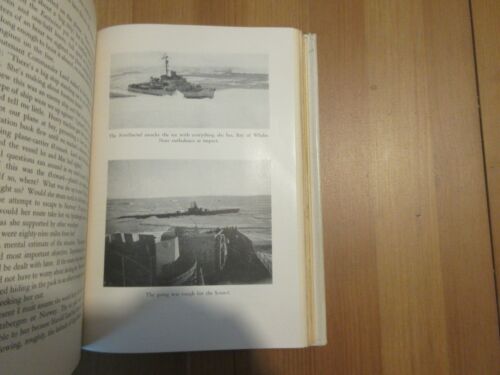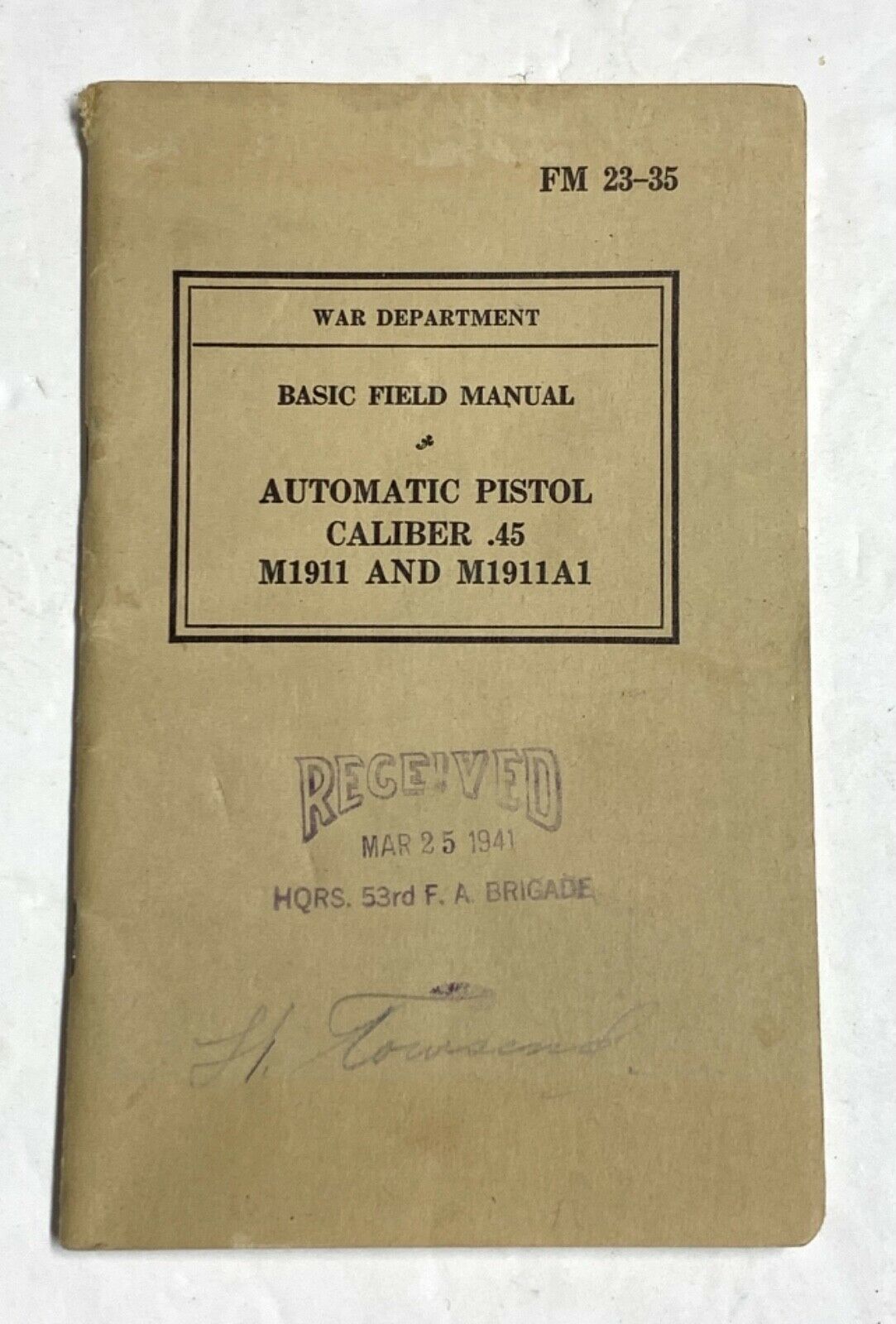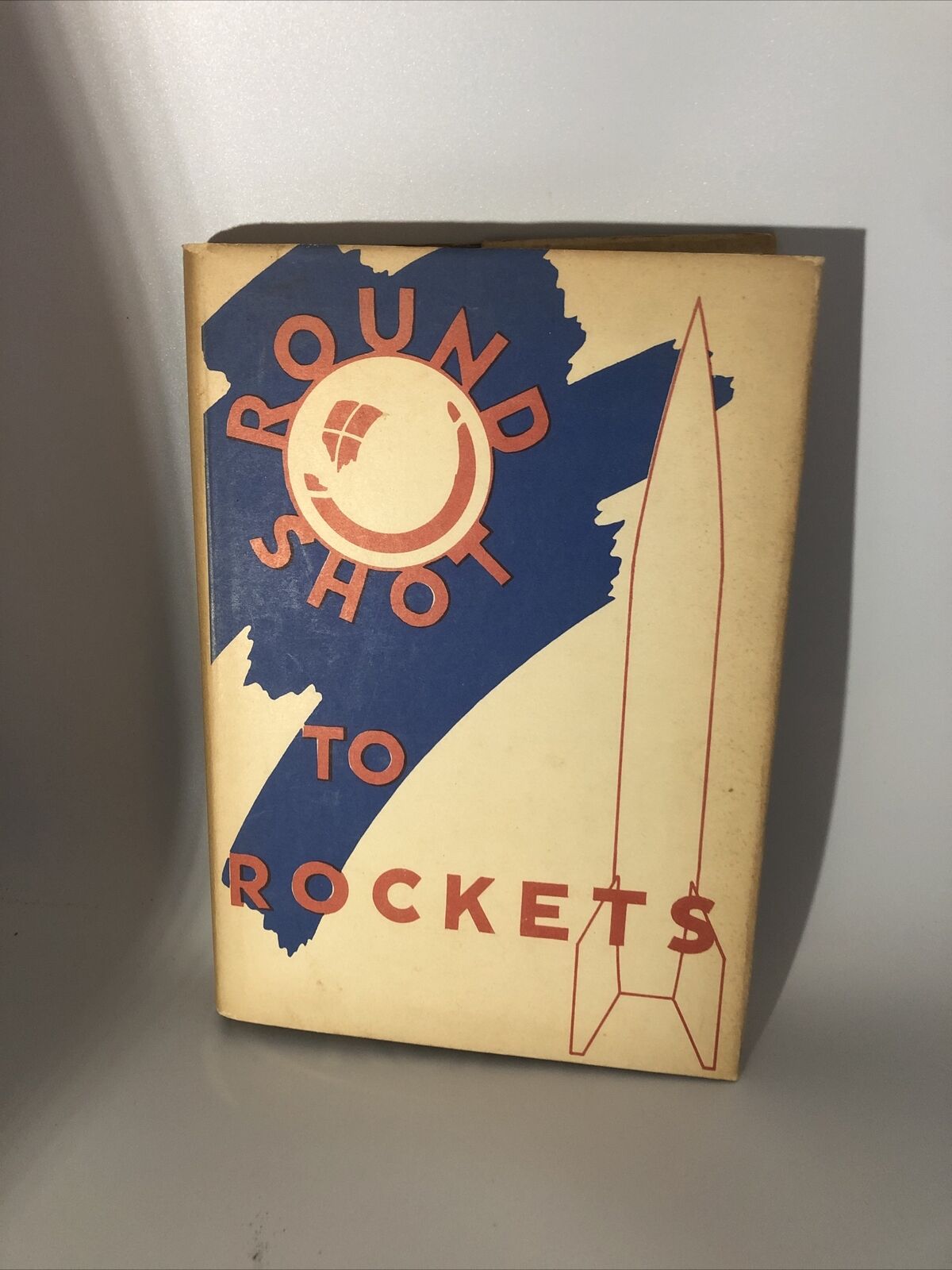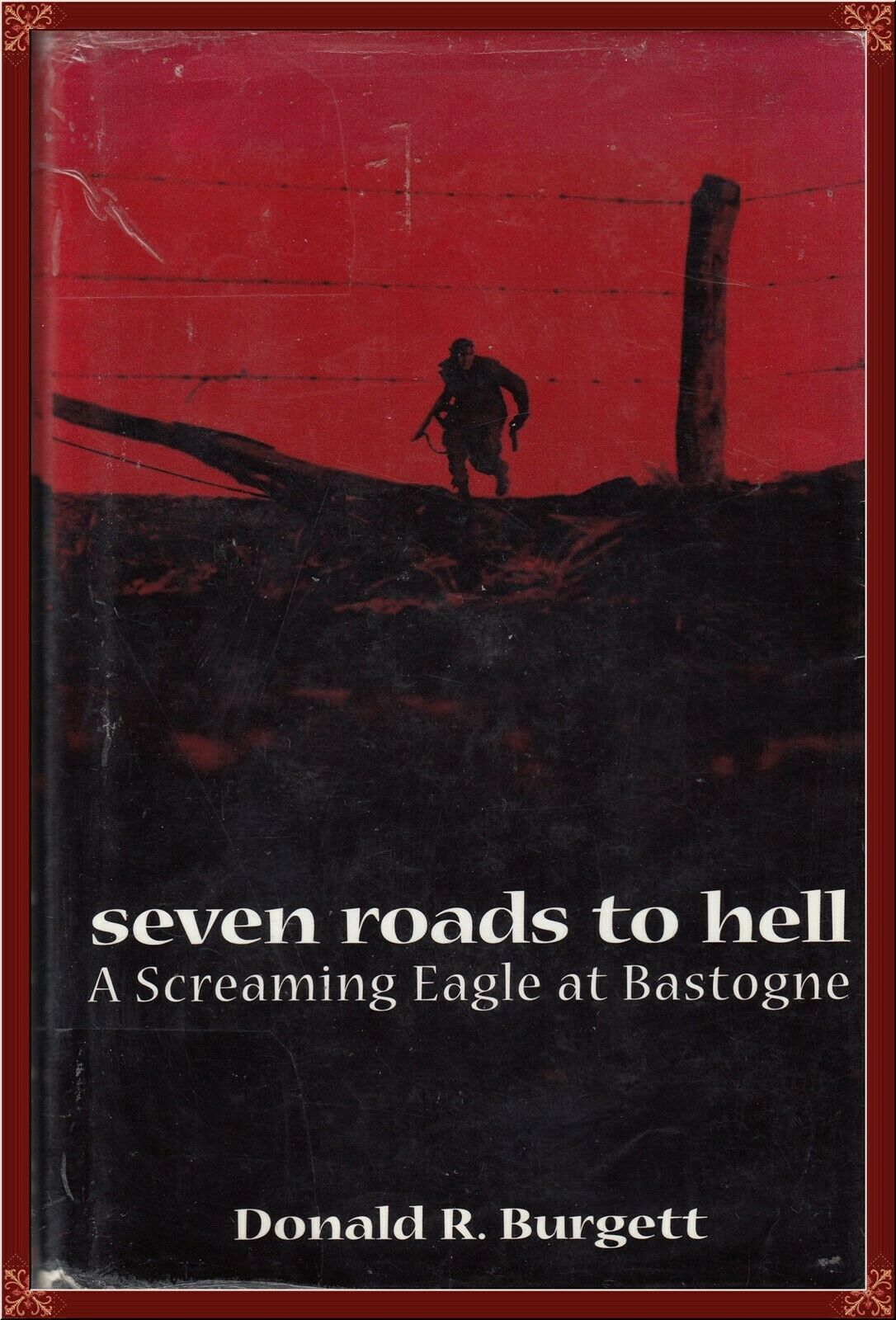-40%
nice SIGNED COAST GUARD BOOK ICEBREAKER USCG NORTHWIND GREENLAND BYRD EXPEDITION
$ 52.79
- Description
- Size Guide
Description
nice SIGNED COAST GUARD BOOK ICEBREAKER USCG NORTHWIND GREENLAND BYRD EXPEDITIONnice SIGNED COAST GUARD BOOK ICEBREAKER USCG NORTHWIND GREENLAND BYRD EXPEDITION
SUPER NICE AUTOGRAPHED WW2 USCG ITEM
WITH AUTOGRAPHED CHRISTMAS CARD LAID IN
ICE IS WHERE YOU FIND IT
By Captain Charles W. Thomas (USCG) - SIGNED BY AUTHOR
Printed in 1951 - First edition
378 Pages - Hardcover (8 inches / 21 cm tall)
Photos - Index
CONDITION: Very good, light general aging. Dust jacket in new plastic protector.
Charles Ward "Tommy" Thomas (1903 –1973) was a flag officer in the United States Coast Guard and commanding officer of the icebreakers USCGC Northland (WPG-49) and USCGC Eastwind (WAGB-279) that served in the Greenland Patrol during World War II. In August 1945 he was appointed commander of Greenland Patrol. After the war he was commanding officer of USCGC Northwind (WAGB-282) during Operation Highjump; The United States Navy Antarctic Developments Project 1946–1947, also known as the Fourth Byrd Antarctic Expedition. Later followed expeditions in the Bering Sea.
Early Assignments
His first assignment sent him to the Navy Yard in Philadelphia, Pa., for duty in connection with the reconditioning and outfitting of the Destroyer Paulding, and for duty as watch officer aboard when the ship was placed in commission and stationed at Boston. (The Paulding was one of the Destroyer Force acquired from the Navy which the Coast Guard used between 1924 and 1934 in an all-out suppression of smuggling.) After a brief period of duty aboard the Cutter Seneca of the Patrol Force, New York Division, from December 1925 to March 1926, he returned to the Paulding.
From February 1927 to November 1928, he was watch officer aboard the Destroyer Cummings of the New London (Conn.) Division, then served as navigator in the Cutter Seminole out of New York until February 1929. His next tour of duty saw him as executive officer of Section Base 21, at St. Petersburg, Fla., with additional duty as Commander, Division 7, Offshore Patrol Force. From October 1930 to January 1933, he served with the New London Destroyer Force Division as executive officer first aboard the Destroyer Ericsson (to March 1932), then aboard the Destroyer Semmes.
The first vessel he commanded was the Cutter Galatea, based at New York City. After a year’s tour of duty aboard her, he commanded the Cutter Hermes out of San Pedro, Calif., from February 1934 to January 1939. During this assignment he served also as Commanding Officer of the San Pedro group of vessels (April 1934 to December 1938). He was commended for assistance given by the Cutter Hermes is extinguishing a fire aboard the Steamship American Fisher.
Transferred to Boston, Mass., he served as a Law and Intelligence officer from January 1939 to June 1941, and as Captain-of-the-Port of Boston from January to May 1941. After a brief assignment to the staff of the Commander, Atlantic Transport Fleet in Norfolk, Va., he became Director of the Coast Guard Reserve and Auxiliary, Ninth Naval District, Cleveland, in July 1941.
World War II Assignments
In January 1942, he reported to the Eleventh District office in Long Beach, Calif., where he first served as Director of the Auxiliary and as Ordnance Officer until April 1942, then as Chief of Staff until June 1943. During the next eighteen months he commanded the Cutter Northland on the Greenland Patrol, which consisted of a group of cutters organized to prevent the Germans from using Greenland as a springboard to attacking the Western Hemisphere. The Northland under the command of Captain Thomas participated in the Sabine Island expedition and established a United States Naval Station on Jan Mayen Island, Greenland. Captain Thomas received a Navy Commendation Ribbon for this service.
In January 1944, he was assigned to duty in connection with outfitting the newly built Coast Guard heavy duty combat icebreaker Eastwind. After her commissioning he commanded the Eastwind on the Greenland Patrol during which she distinguished herself in the dramatic chase and capture of the German armed trawler Externstiene in the Greenland ice pack, and personnel of an enemy weather station on North Little Koldeway Island in Northeast Greenland. Captain Thomas was at that time Task Force Commander of a group of Coast Guard cutters that were involved in the Capture of the enemy vessel. The personnel of the weather station were attacked by surprise under cover of darkness, there-by defeating the enemy’s attempt to establish radio-weather stations in the Arctic. The combined episode won Captain Thomas the Legion of Merit (January 1945).
In February 1945, Captain Thomas reported for duty on the staff of the Greenland Patrol, and became Commander, Greenland Patrol in August of that year.
Post-war Assignments
Detached from that post in November 1946, he next commanded the Coast Guard icebreaker Northwind (sister ship of the Easterwind) on Operation High Jump, fourth Byrd expedition to the Antarctic, and subject of the Academy Award winning motion picture, “The Secret Land”. The Northwind was the spearhead of the expedition, clearing the way through the Ross Sea ice pack for Navy cargo ships. In 1948, with the Northwind, Captain Thomas reestablished the annual Bering Sea Patrol which had been discontinued during the war and compiled an oceanographic report of the waters navigated in the Bering Sea and Arctic Ocean.
In January 1949, he became Chief of Staff, Second Coast Guard District which has offices in St. Louis, Mo. In March 1951, he was designed Commander of that District. In July 1953, he assumed command of the U.S. Coast Guard Yard at Curtis Bay, Md. In October 1954, during that duty tour, he received the National Fleet Safety Contest Award for the Yard at the National Safety Congress held in Chicago.
In view of his experience in Arctic and Antarctic operations, Captain Thomas’ services were requisitioned by the Chief of Naval Operations for service in connection with planning and implementing U.S. Naval Support to the U.S. National Committee, International Geophysical Year in the Antarctic. On January 1, 1955, he was detached from the U.S. Coast Guard Yard and reported fro duty as Chief of Staff, Antarctic Planning Group. In July 1955, after the planning group became Task Force 43, Captain Thomas was designated Chief of Staff and Aide to the Commander, Task Force 43. During Operation Deep Freeze I, in the Antarctic, he was designated additional duty as a Task Unit Commander. In the latter capacity, he was responsible for the delivery of cargo for the construction of Little America which he accomplished in spite of adverse ice conditions. Later, he explored the East Coast of Victoria land and discovered the site for the science base at Cape Hallett.
Captain Thomas returned to the Antarctic as Task Group Commander in Operation Deep Freeze II. His Group of two ships, the Coast Guard Icebreaker Northwind and the Navy assault cargo ship Arneb penetrated heavy treacherous sea ice to erect a science base at Cape Hallett, the site he had previously discovered. Later he discovered the site for Wilkes scientific base on Clark Peninsula and assisted in its installation. While there, he explored a group of uncharted islands northeast of Clark Peninsula and prepared a geographic description of the area.
Captain Thomas retired as Rear Admiral on November 1, 1957 to accept direction of Arctic Operations for the USNC-IGY.
Listing and template services provided by inkFrog


















